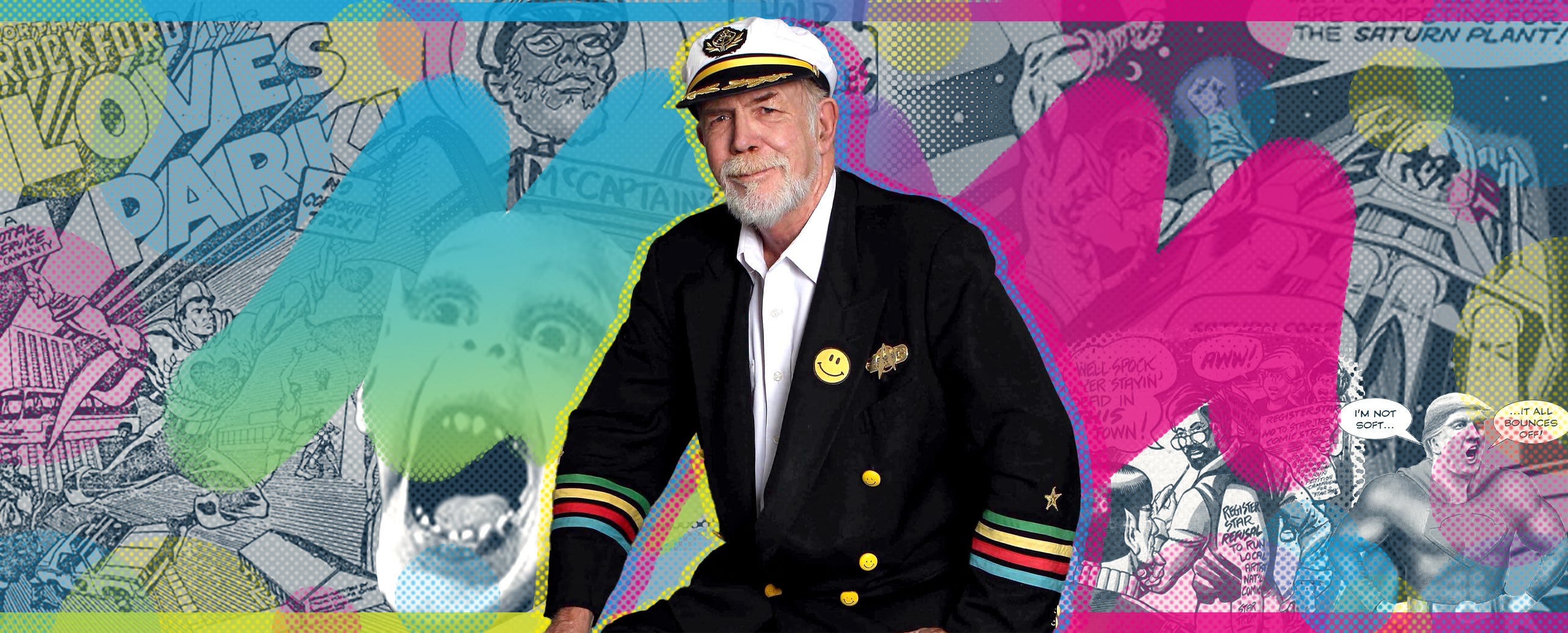The Weird, Wacky and Wild Ride of Captain Cartoon, Father of Bat Boy
The incredibly colorful true life story of Dick Kulpa, a nerdy small-town kid who loved cartoons so much that he became one.
Keep reading with a 7-day free trial
Subscribe to Narratively to keep reading this post and get 7 days of free access to the full post archives.




